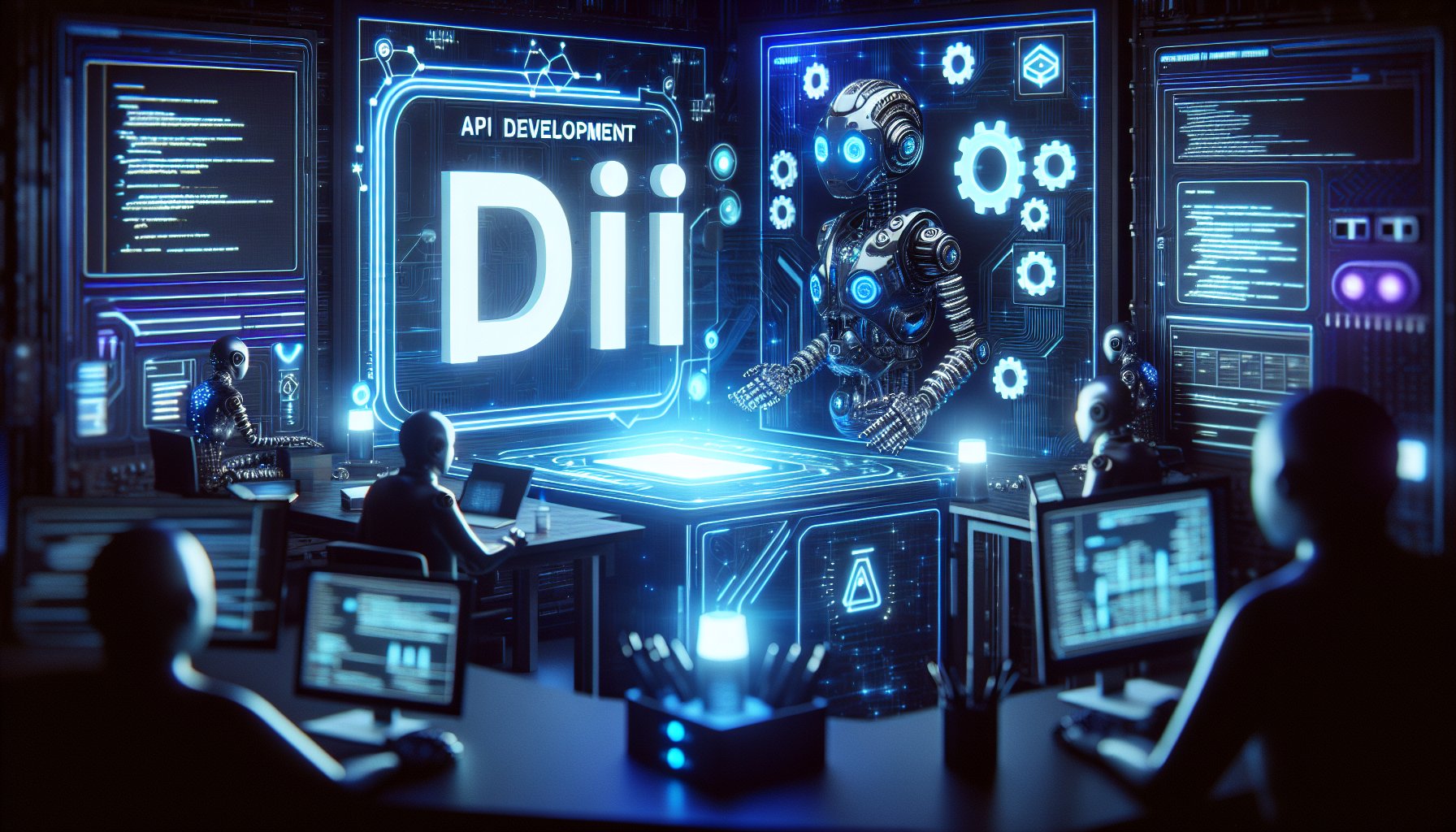Introduction
As we continue to push the boundaries of digital transformation, the role of API (Application Programming Interface) development has become increasingly critical. APIs are the linchpin of modern applications, enabling seamless integration between disparate systems and driving the proliferation of microservices and serverless architecture. This post is your primer to stay at the forefront of API development with the latest technologies and best practices.
REST vs. GraphQL: The Modern API Landscape
RESTful APIs have been the industry standard for a long time. They are simple to use, easy to understand, and supported by almost every platform. However, REST isn't the only player on the field anymore. GraphQL, a query language for APIs, is making waves with its ability to fetch exactly what's needed, reducing network overheads and speeding up applications. Choosing between REST and GraphQL depends on your specific use case, but being conversant with both is an essential skill for modern API developers.
Microservices Architecture and APIs
Microservices architecture is becoming the go-to strategy for building robust and scalable applications. In this structure, each service has its own API, which requires a well-thought-out API strategy to ensure seamless communication between services. Using API gateways can simplify this process, acting as a single point of entry into a system and handling requests in a way that decouples the client from the server.
Serverless Architecture and APIs
Serverless architecture is another trend that is reshaping the way we develop and deploy applications. Serverless functions, or Functions as a Service (FaaS), can be triggered by API calls, providing a powerful way to execute business logic in response to user interactions. This approach allows developers to focus on writing code, instead of worrying about server management and scaling.
Example: AWS Lambda and API Gateway
To illustrate, consider AWS Lambda, a popular FaaS offering. You can configure an API Gateway to trigger a Lambda function every time a specific API endpoint is hit. Here's a simplified example:
exports.handler = async (event) => {
// business logic here
return {
statusCode: 200,
body: JSON.stringify('Hello from Lambda!'),
};
};
This basic Lambda function responds to an API call with a simple message. It's a simple example, but it illustrates the power of combining serverless functions with APIs.
OpenAPI Specification: The API Contract
The OpenAPI Specification (OAS), formerly known as Swagger, has emerged as the industry standard for API design and documentation. It provides a powerful way to describe the structure of an API, enabling both humans and machines to understand how an API works without access to the source code. It's an essential tool for modern API development, ensuring clear communication between API developers and consumers.
Conclusion: The Future of API Development
API development is a rapidly evolving field, driven by the rise of microservices, serverless architecture, and powerful query languages like GraphQL. By staying current with these trends and mastering tools like the OpenAPI Specification, developers can create APIs that are robust, scalable, and ready for the future. As we look ahead, the importance of APIs in connecting the digital world will only continue to grow, making API development a critical skill for any developer.
